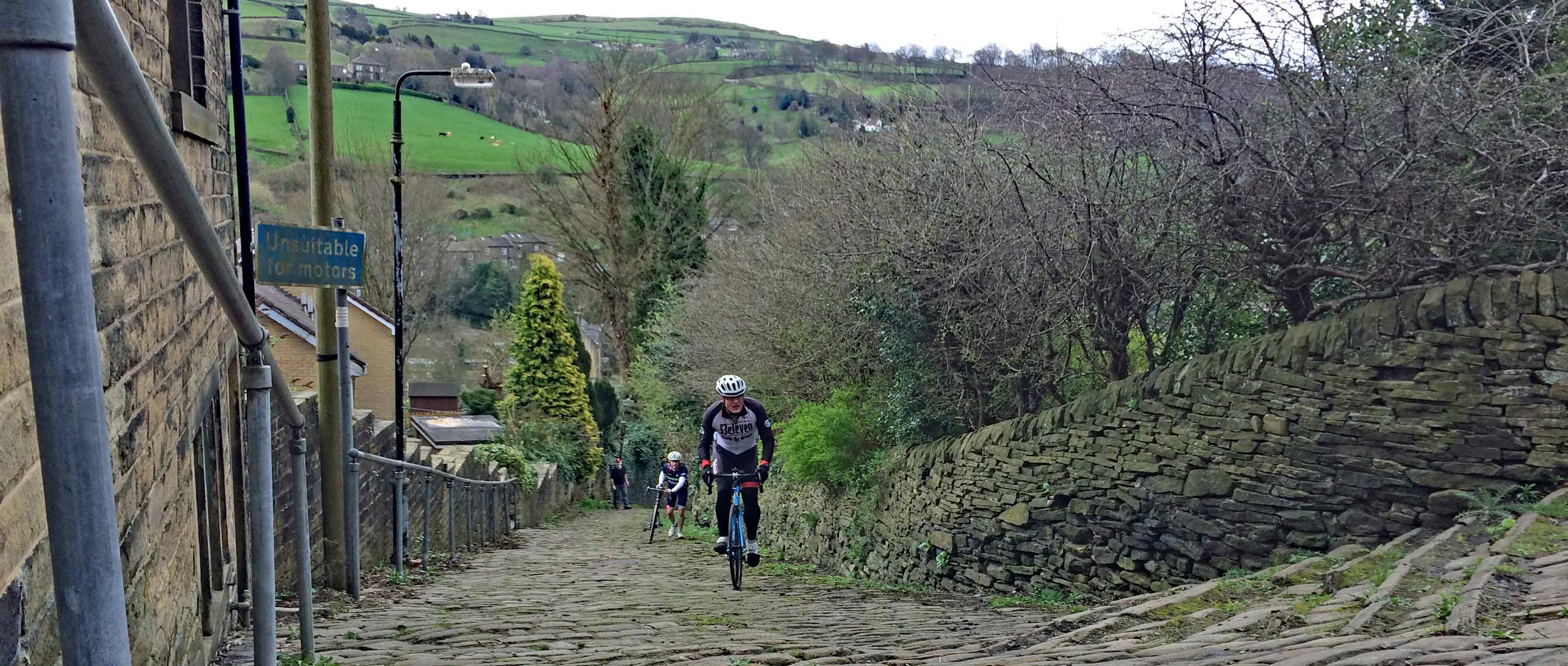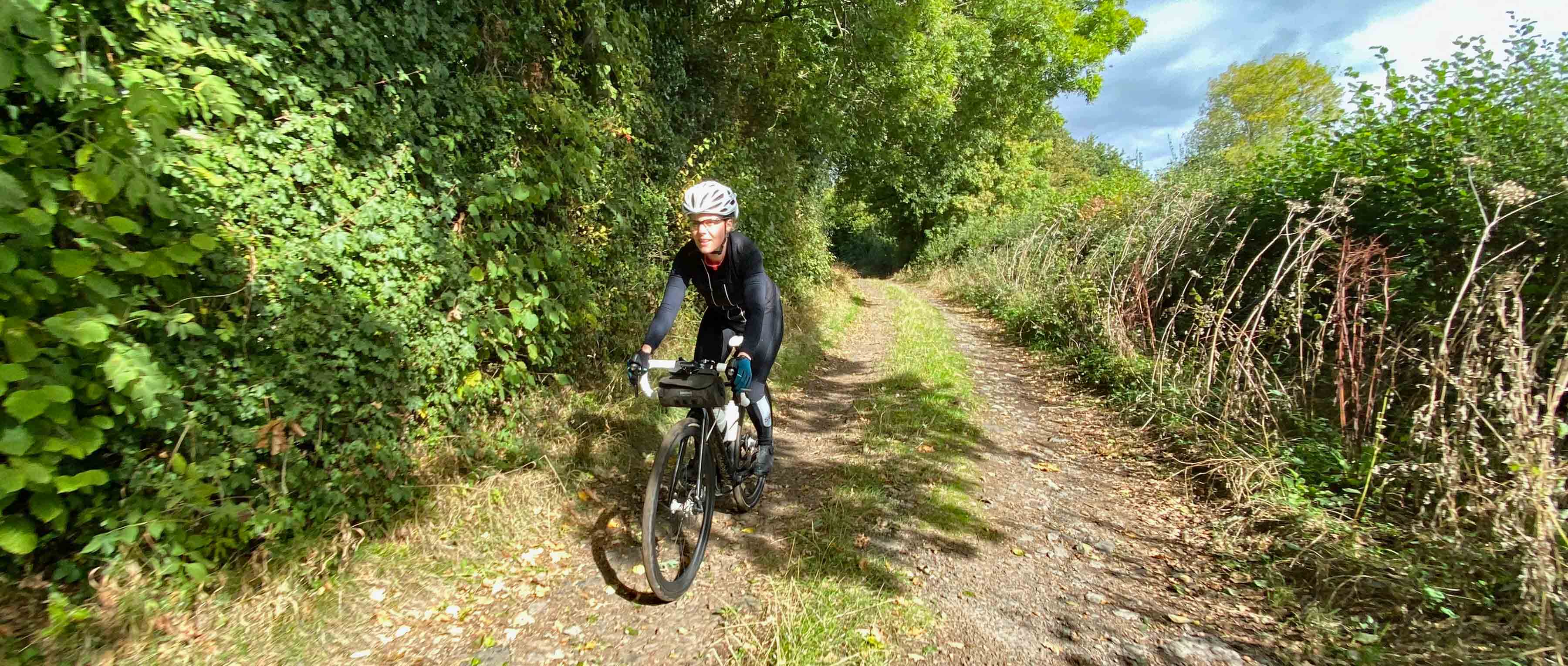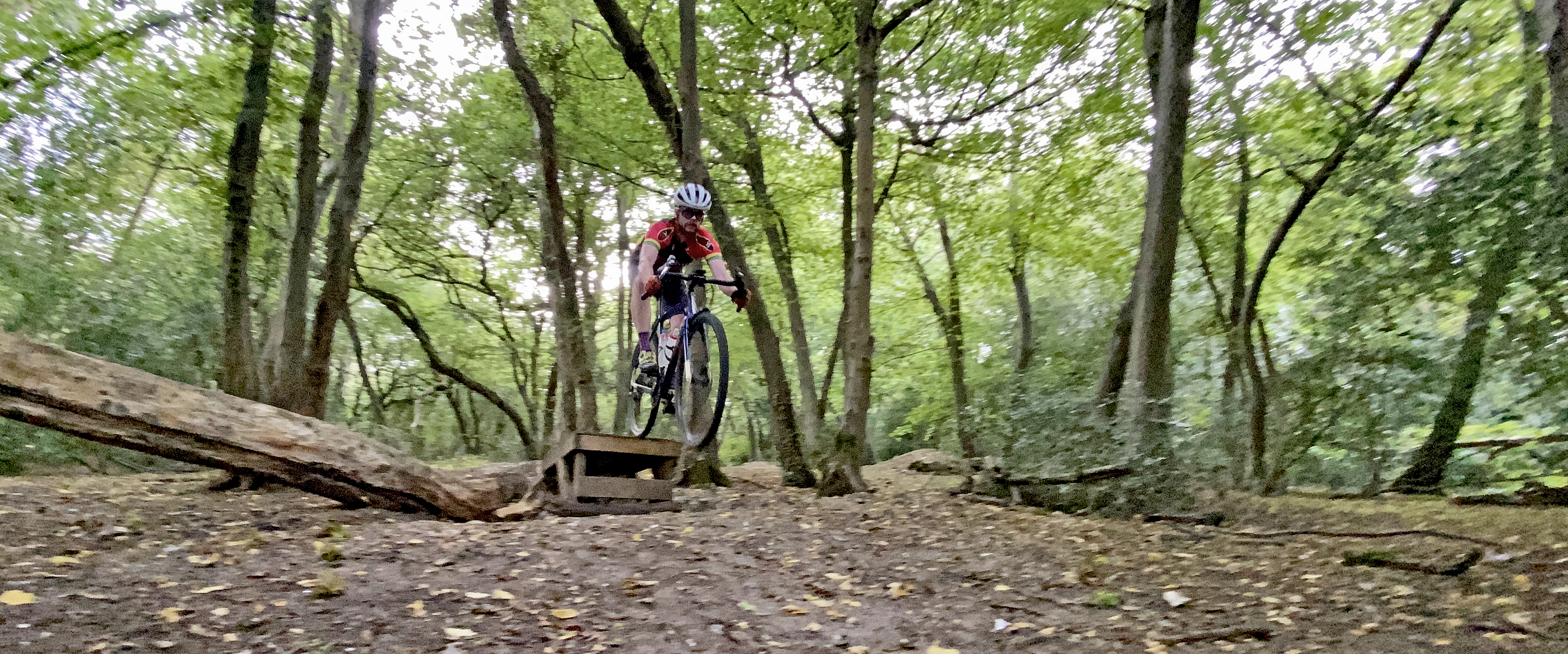Big volume tyres. Plush suspension. Huge disk brake rotors. Dropper posts. These are just some of the things that most gravel bikes don’t come fitted with. To most gravel riders, the simple, paired-back functionality of a gravel bike is part of the appeal. Less to go wrong. A more visceral riding experience. A bigger buzz. The question is, where does this desire for a simpler way of riding become #underbiking?
“That trail would be super fun on a mountain bike wouldn’t it?” said Clive, one of my riding buddies. “Except, you’d need to be going five times as fast to get the same buzz”. That, in twenty-seven words, captures the very essence of gravel riding. Yes, it probably would be more comfortable if we just chose to ride a lightweight XC MTB instead, but half the fun in gravel riding is the fact that our bikes are stripped back to basics.

The lack of much of the technology that makes modern XC MTBs so competent on über-technical terrain is also the thing that makes a good gravel bike so fun to ride. Our tyres scrabble for grip and will often drift if you push them hard enough into a sharp corner. Our brakes don’t have the same bite as the dinner-plate sized rotors that you will typically find on an enduro bike. We don’t normally have suspension to cushion our bodies from the imperfections of the trail and even dropper posts still aren’t that common on a typical gravel bike. In short, a gravel bike is designed to be the bare minimum that you can get away with riding in an away-from-the-road environment.

But how paired-back do we want to go? Should we ditch our high-tech derailleurs and go back to singlespeeding? Are tubeless tyres and rim liners just making us soft? What about slowing down – perhaps there could be a resurgence in cantilever brakes? Should we be taking road bikes off-road or hucking our gravel bikes off big jumps? If you look at it solely from a speed, comfort or safety perspective, the answer to most (if not all) of those questions is probably no. But isn’t part of the thrill of gravel riding about riding a bike that isn’t perfectly adapted to the surface that we’re riding on? After all, if we wanted a fast, comfortable and easy ride, wouldn’t we all just choose to ride an electric motorbike on the trails instead?
We gave a bit of thought to what is appealing about #underbiking and came up with this lot:
Challenge

Nobody sensible would choose to try and ride up a 20% gradient cobbled climb on a road bike (which is what the guy in this image is doing). You won’t have enough grip, you’ll spend the entire time having to finesse how much pressure you apply to the pedals to stop the rear tyre from spinning, your body weight will have to be delicately balanced between far enough forward to enable you to steer but far enough backwards to give your rear tyre some grip. Your lungs will be burning and your legs will be screaming. Sweat will be beading on your forehead and dripping into your eyes. And yet, for some of us at least, there’s something enticing about the challenge. Yes, it will hurt. Probably you won’t make it. You might even get it so spectacularly wrong that you’ll end up crashing. But the flip side is that by taking on the challenge of a climb that shouldn’t be rideable, you’ll (hopefully) end up being a better rider. You will push your fitness levels. Your skills will undoubtedly improve. And you’ll prove to yourself that you are a better rider than you thought you were.
Simplicity

It would be lovely to have an entire fleet of different bikes at our disposal. In fact in an ideal world, we could have a team car tracking our rides and whenever we fancied trying a different surface, we could just put one hand in the air like a pro road racer and the team car would pull smoothly alongside with a choice of bikes bolted onto the roof rack. In real life though, we’re basically stuck with riding whatever bike we set off on at the start of the ride. If you set off on a road bike, but then spot a great looking gravel road, you just have to make the most of it. The lack of choice might seem restricting but can also be part of the fun.
Sense of achievement

There’s a strange thrill in having done something that you previously considered wasn’t possible. Although successfully riding your gravel bike down a trail that would be better suited to a motorcross bike is hardly world-changing, the sense of achievement will be there, nevertheless. The tougher the obstacle and the more inappropriate the bike, the greater the sense of achievement. As well as the mental satisfaction, you will improve your skills and probably your fitness too. The downside of course is that you might end up searching for ever harder challenges to try and overcome.
Less maintenance
A singlespeed gravel bike is the epitome of low maintenance. No cables to replace. No derailleurs to fit or service. Chain wear is drastically reduced too. OK, so your knees might well explode and you’ll probably be in the “wrong” gear 99% of the time, but it will definitely be low maintenance #underbiking at its finest.
Because we can
Maybe gravel riders are just more focused than other cyclists. Or maybe we’re just more stubborn. Most of us will at some point have tried to ride an inappropriate trail on our gravel just because we happened to be there at the right time on the wrong bike. With a small dollop of self-preservation, most surfaces are rideable in #underbiked mode. It’s worth giving it a go, isn’t it? What’s the worst that could happen (apart from breaking yourself and your bike, obviously….)
Why bother?
In a world of conspicuous over-consumption, #underbiking is all about using whatever bike you have to hand. A 1970s folding shopping bike, sure, why not! A 1980’s road racer complete with tiny tyres and calliper brakes, crack on. A 2.5m long cargo bike, sounds ideal. Or an electric city bike, perfect.

There are a few simple things you can do to maximise the fun and minimise the chances of you ending up in your local emergency department:
- Make sure whatever bike you’re going to be #underbiking on is mechanically sound. Are all the bolts correctly tightened, cables in good condition, wheels running true etc
- Let a bit of air out of your tyres – softer is generally better, as you’ll get more grip and better comfort.
- Do some route planning. There’s a fine line between #underbiking and a slog. Carrying your 1970s folding bike down a World Cup Downhill course will probably not be the most fun you’ve ever had.
- Check out our Roots into Gravel piece to get some advice on making your off-road forays more comfortable.
- Most importantly, take some photos of your #underbiking adventures and send your story into us. We’ll publish the best ones.